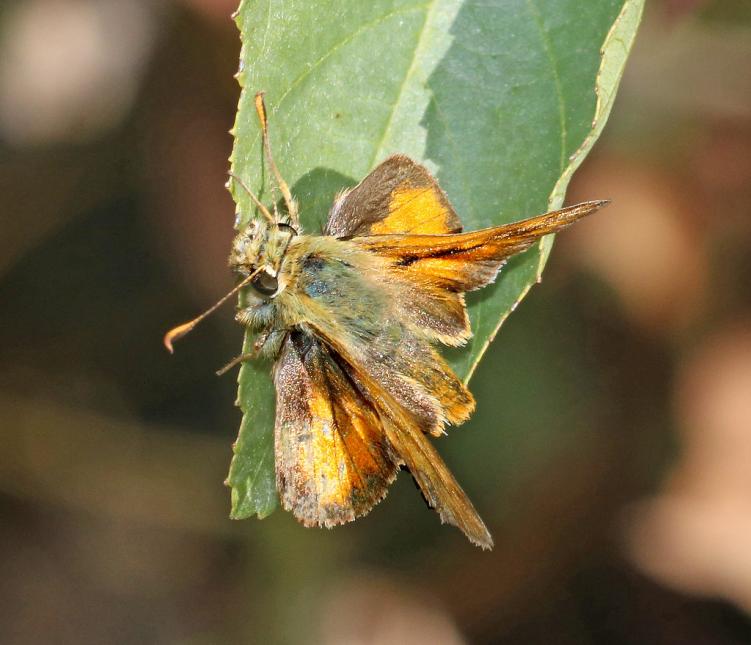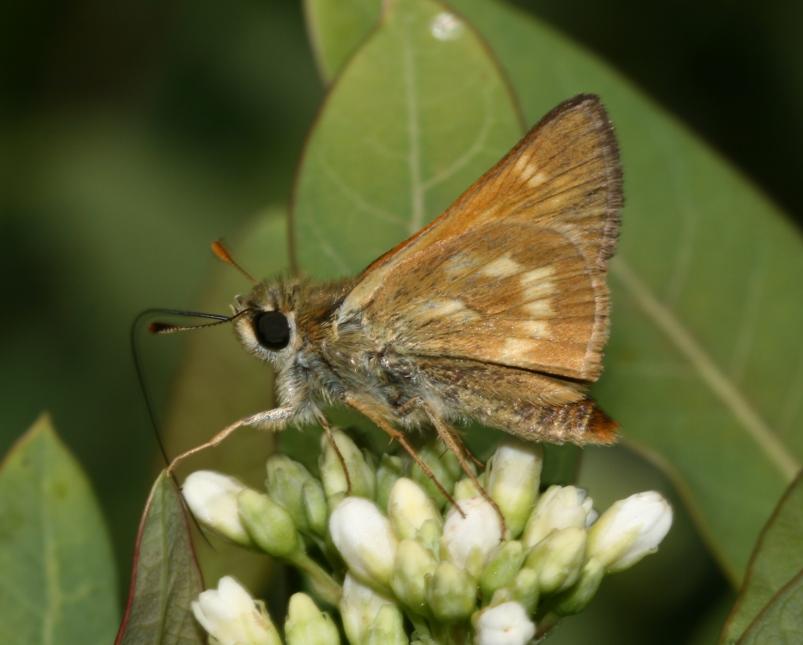Description and Range
Physical description
The Sonora skipper is a small, tan butterfly; its wingspan is a slightly more than one inch. This butterfly has small, rectangular cells in a symmetrical semi-circular pattern enclosing a basal spot on the underside of its hind wing. The butterfly is difficult to identify and may be confused with the Mardon skipper.
Ecology and life history
The Sonora skipper inhabits glacial outwash prairies, forest glades, road edges and other open sites in Washington. The hostplants (grass/sedge) for this species have not been identified, and habitat selection and suitability have not been studied. Hostplants feed caterpillars (larvae). Their primary nectar plants are unknown.
These skippers complete a single life cycle annually (univoltine). They are sedentary butterflies and do not migrate; instead, the species inhabits sites year-round (as egg, larva, pupa and adult), typically moving within only a few hundred meters of their natal locations.
Adults emerge from their chrysalids (pupae) during late spring/early summer. Males begin emergence first, followed by females; late-season individuals are primarily or solely females. Weather influences butterfly emergence and the flight period duration, with wet or cold conditions delaying emergence.
Both males and females feed by using their long proboscis to sip floral nectar.
Male skippers seek mates by perching on low vegetation and then darting out to inspect passing butterflies. Males that detect females commence courtship behavior; when males detect another male they engage in a territory defense behavior of tight, upward spiraling flight.
Females search for egg-laying sites by slowly flying and hovering just above hostplant vegetation and then depositing single eggs.
Skipper larvae conceal themselves in silken shelters and primarily feed at night. Sonora skippers are members of the Hesperiinae subfamily, whose larvae create shelters formed by webbing their hostplant grass blades together, and their prepupal larvae construct strong silken shelters in hostplant grasses in which pupation occurs. The Sonora skipper overwinter as larvae.
Geographic range
In Washington, occurrence has been documented in Clallam, King, Lewis, and Whatcom counties in western Washington and Chelan, Kittitas, Okanogan, Skamania, and Yakima in eastern Washington.
For a map of range-wide distribution and conservation status of this species, check out NatureServe Explorer.

